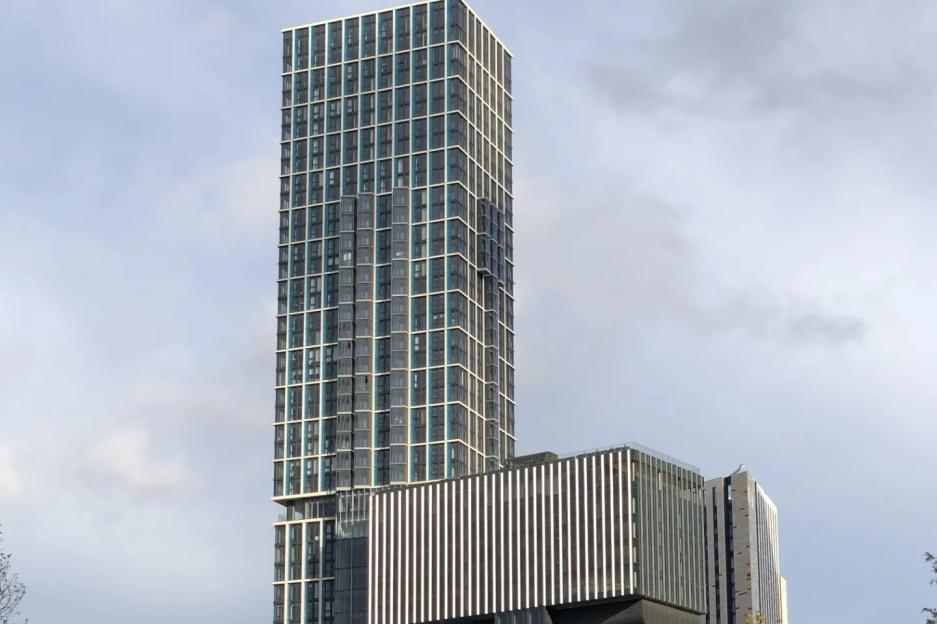Once a fitness tech company like Tonal launches its product, it immediately faces another challenge: how to keep those users engaged. It’s not enough that a customer purchased the device; it’s equally as important to keep them using it over the long term so they continue to pay the monthly subscription fees required for access to classes. In Tonal’s case, recurring revenues generated from those monthly subscription fees are significant, as the startup charges each user $49 per month with a minimum 12-month commitment to start.
To keep their users engaged, at-home fitness companies energize online communities by building Facebook Groups and significant Instagram and Twitter accounts. Since it launched its first bike in 2014, Peloton has catered to its large audience with a robust Facebook group that numbers nearly the population of San Francisco. Likewise, newer entrants such as Mirror and Tempo also developed their Facebook presence with nearly 86,900 and 11,200 followers, respectively.
While it has pursued a tried-and-true community engagement strategy, Tonal has also had to evolve its tactics as it learns the unique tastes of its strength-training demographic and how they differ from other fitness users.
Tonal is no different. Across social media channels, Tonal currently has over 155,000 followers, with its own private Facebook Group, “Official Tonal Community,”; having roughly 12,900 members. At this point in Tonal’s lifespan, the community experience is decent, but more along the lines of Peloton’s engagement three to four years ago.
Yet, while it has pursued a tried-and-true community engagement strategy, Tonal has also had to evolve its tactics as it learns the unique tastes of its strength-training demographic and how they differ from other fitness users. In this third part of the Tonal EC-1, we will look at how the company grew its nascent community, how it shifted its strategy of engaging users, how the team uses community to hone its product, and how the future of Tonal’s community will look like as the company continues its rapid ascent.
A planned community, but what to build?
With its online community, Tonal’s strategy was deliberate and staggered, mirroring the approach it took with its August 2018 launch, in which the startup first launched in the San Francisco Bay Area and expanded to all of California before going nationwide in March 2019.
The startup hired its first community manager, Sarah Johnson, in October 2017 — nearly a year before that public launch. Her initial focus was monitoring users during Tonal’s alpha and beta trials, and she regularly called users to solicit feedback about their experiences working out with the device. Among Johnson’s early observations: Unlike the gym, which inherently has a more physical social element, Tonal users, who may have partners or families, wanted their at-home classes to be the most efficient workout possible in the shortest amount of time.





